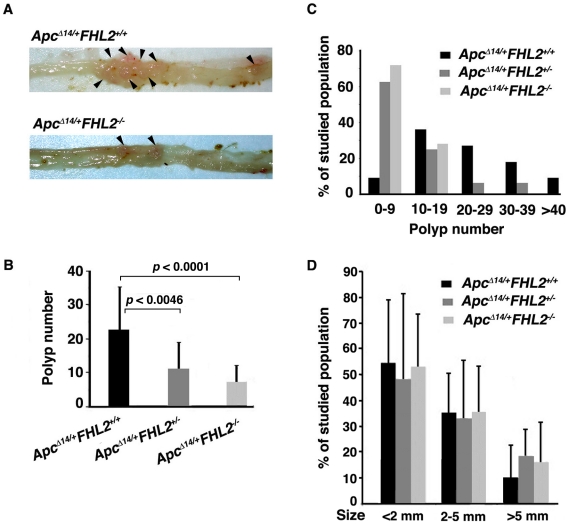Figure 2. Loss of FHL2 reduces intestinal polyp multiplicity.
(A) Representative images of intestines from 11-month-old ApcΔ14/+FHL2+/+ and ApcΔ14/+FHL2−/− mouse. Note the marked decrease in the number of polyps in ApcΔ14/+FHL2−/− mice. (B) Total number of intestinal polyps was counted in 11 ApcΔ14/+FHL2+/+, 16 ApcΔ14/+FHL2−/+ and 18 ApcΔ14/+FHL2−/− mice at 11-month-old. Compared to ApcΔ14/+FHL2+/+ littermates, significant reduction in polyp number was observed in ApcΔ14/+FHL2−/+ (p<0.0046) and ApcΔ14/+FHL2−/− mice (p<0.0001). (C) Polyp distributions are expressed as the percentages of mice having 0–9, 10–19, 20–29, 30–39 or more than 40 polyps in the intestine. (D) FHL2 deficiency had no effect on tumor growth. The percentages of polyps in each mouse with sizes less than 2 mm, between 2 to 5 mm and more than 5 mm are presented.

